AI tools have allowed researchers to solve complex mathematical problems.Credit: Fadel Senna/AFP/Getty
As interest in chatbots spreads like wildfire, mathematicians are beginning to explore how artificial intelligence (AI) could help them to do their work. Whether it’s assisting with verifying human-written work or suggesting new ways to solve difficult problems, automation is beginning to change the field in ways that go beyond mere calculation, researchers say.
DeepMind AI invents faster algorithms to solve tough maths puzzles
“We’re looking at a very specific question: will machines change math?” says Andrew Granville, a number theorist at the University of Montreal in Canada. A workshop at the University of California, Los Angeles (UCLA), this week explored this question, aiming to build bridges between mathematicians and computer scientists. “Most mathematicians are completely unaware of these opportunities,” says one of the event’s organizers, Marijn Heule, a computer scientist at Carnegie Mellon University in Pittsburgh, Pennsylvania.
Akshay Venkatesh, a 2018 winner of the prestigious Fields Medal who is at the Institute for Advanced Study in Princeton, New Jersey, kick-started a conversation on how computers will change maths at a symposium in his honour in October. Two other recipients of the medal, Timothy Gowers at the Collège de France in Paris and Terence Tao at UCLA, have also taken leading roles in the debate.
“The fact that we have people like Fields medallists and other very famous big-shot mathematicians interested in the area now is an indication that it’s ‘hot’ in a way that it didn’t used to be,” says Kevin Buzzard, a mathematician at Imperial College London.
AI approaches
Part of the discussion concerns what kind of automation tools will be most useful. AI comes in two major flavours. In ‘symbolic’ AI, programmers embed rules of logic or calculation into their code. “It’s what people would call ‘good old-fashioned AI’,” says Leonardo de Moura, a computer scientist at Microsoft Research in Redmond, Washington.
The other approach, which has become extremely successful in the past decade or so, is based on artificial neural networks. In this type of AI, the computer starts more or less from a clean slate and learns patterns by digesting large amounts of data. This is called machine-learning, and it is the basis of ‘large language models’ (including chatbots such as ChatGPT), as well as the systems that can beat human players at complex games or predict how proteins fold. Whereas symbolic AI is inherently rigorous, neural networks can only make statistical guesses, and their operations are often mysterious.
2018 Fields Medal winner Akshay Venkatesh (centre) has spoken about how computers will change mathematics.Credit: Xinhua/Shutterstock
De Moura helped symbolic AI to score some early mathematical successes by creating a system called Lean. This interactive software tool forces researchers to write out each logical step of a problem, down to the most basic details, and ensures that the maths is correct. Two years ago, a team of mathematicians succeeded at translating an important but impenetrable proof — one so complicated that even its author was unsure of it — into Lean, thereby confirming that it was correct.
The researchers say the process helped them to understand the proof, and even to find ways to simplify it. “I think this is even more exciting than checking the correctness,” de Moura says. “Even in our wildest dreams, we didn’t imagine that.”
As well as making solitary work easier, this sort of ‘proof assistant’ could change how mathematicians work together by eliminating what de Moura calls a “trust bottleneck”. “When we are collaborating, I may not trust what you are doing. But a proof assistant shows your collaborators that they can trust your part of the work.”
Sophisticated autocomplete
At the other extreme are chatbot-esque, neural-network-based large language models. At Google in Mountain View, California, former physicist Ethan Dyer and his team have developed a chatbot called Minerva, which specializes in solving maths problems. At heart, Minerva is a very sophisticated version of the autocomplete function on messaging apps: by training on maths papers in the arXiv repository, it has learnt to write down step-by-step solutions to problems in the same way that some apps can predict words and phrases. Unlike Lean, which communicates using something similar to computer code, Minerva takes questions and writes answers in conversational English. “It is an achievement to solve some of these problems automatically,” says de Moura.
AI maths whiz creates tough new problems for humans to solve
Minerva shows both the power and the possible limitations of this approach. For example, it can accurately factor integer numbers into primes — numbers that can’t be divided evenly into smaller ones. But it starts making mistakes once the numbers exceed a certain size, showing that it has not ‘understood’ the general procedure.
Still, Minerva’s neural network seems to be able to acquire some general techniques, as opposed to just statistical patterns, and the Google team is trying to understand how it does that. “Ultimately, we’d like a model that you can brainstorm with,” Dyer says. He says it could also be useful for non-mathematicians who need to extract information from the specialized literature. Further extensions will expand Minerva’s skills by studying textbooks and interfacing with dedicated maths software.
Dyer says the motivation behind the Minerva project was to see how far the machine-learning approach could be pushed; a powerful automated tool to help mathematicians might end up combining symbolic AI techniques with neural networks.
Maths v. machines
In the longer term, will programs remain part of the supporting cast, or will they be able to conduct mathematical research independently? AI might get better at producing correct mathematical statements and proofs, but some researchers worry that most of those would be uninteresting or impossible to understand. At the October symposium, Gowers said that there might be ways of teaching a computer some objective criteria for mathematical relevance, such as whether a small statement can embody many special cases or even form a bridge between different subfields of maths. “In order to get good at proving theorems, computers will have to judge what is interesting and worth proving,” he said. If they can do that, the future of humans in the field looks uncertain.
Computer scientist Erika Abraham at RWTH Aachen University in Germany is more sanguine about the future of mathematicians. “An AI system is only as smart as we program it to be,” she says. “The intelligence is not in the computer; the intelligence is in the programmer or trainer.”
Melanie Mitchell, a computer scientist and cognitive scientist at the Santa Fe Institute in New Mexico, says that mathematicians’ jobs will be safe until a major shortcoming of AI is fixed — its inability to extract abstract concepts from concrete information. “While AI systems might be able to prove theorems, it’s much harder to come up with interesting mathematical abstractions that give rise to the theorems in the first place.”



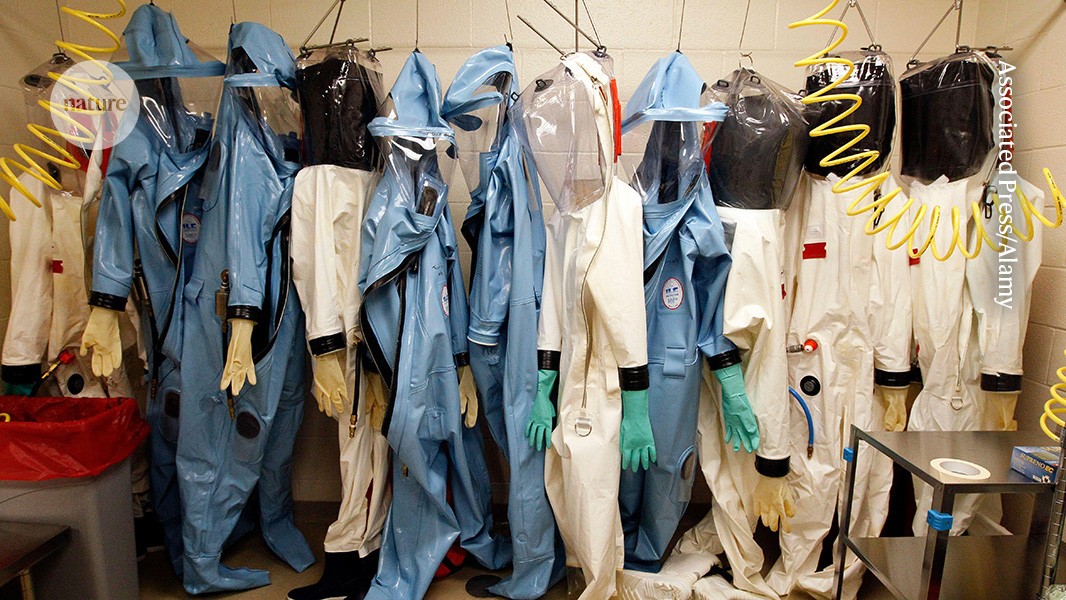


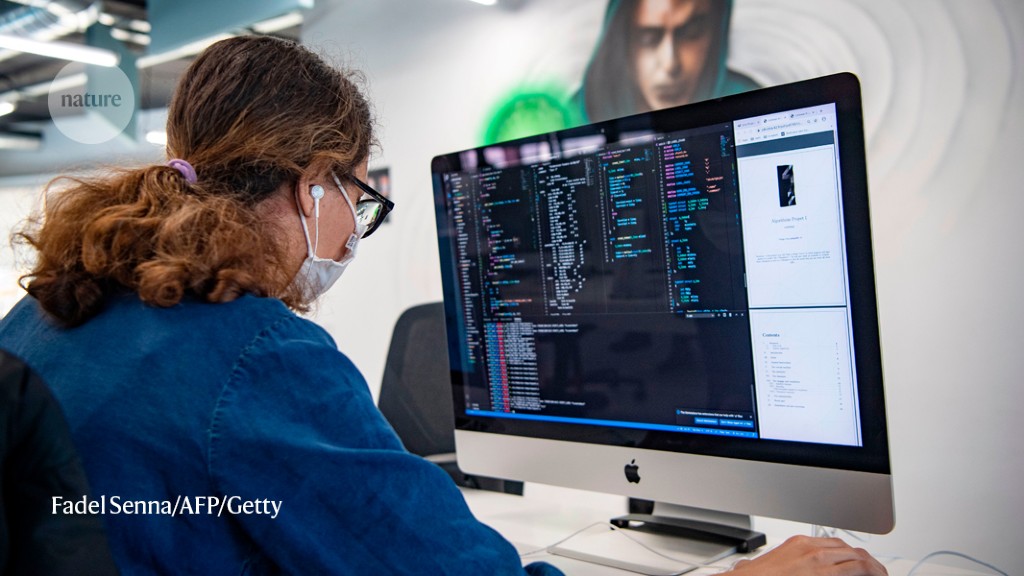
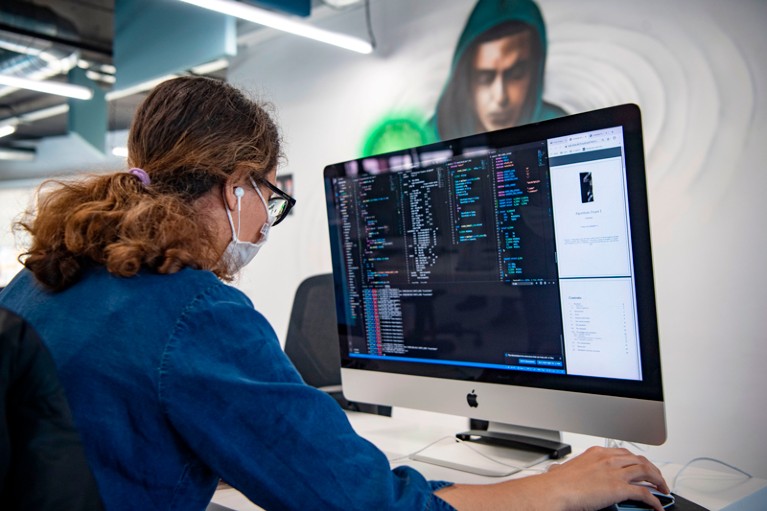
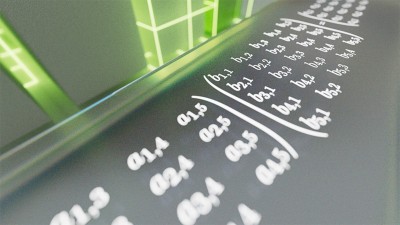
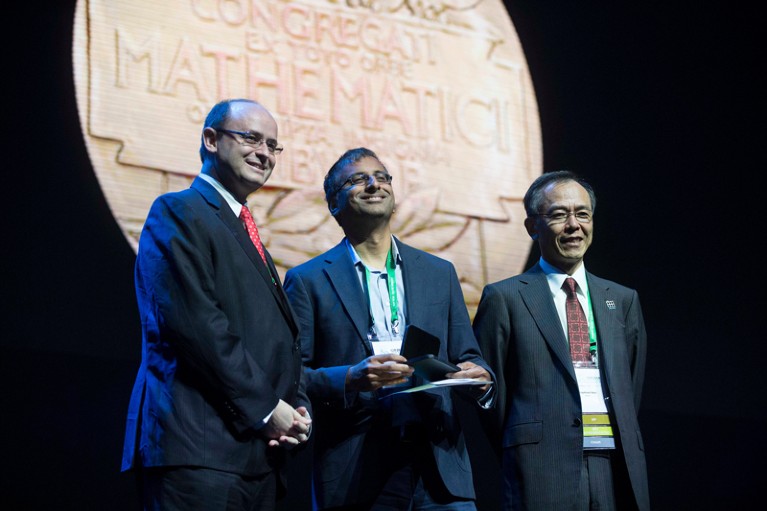
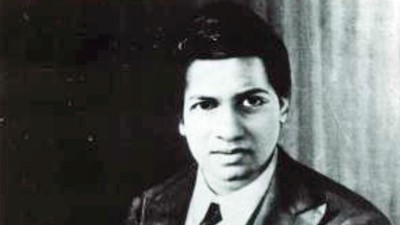
More News
US funders to tighten oversight of controversial ‘gain-of-function’ research
Bird flu in US cows: where will it end?
Daily briefing: Why exercise is good for us